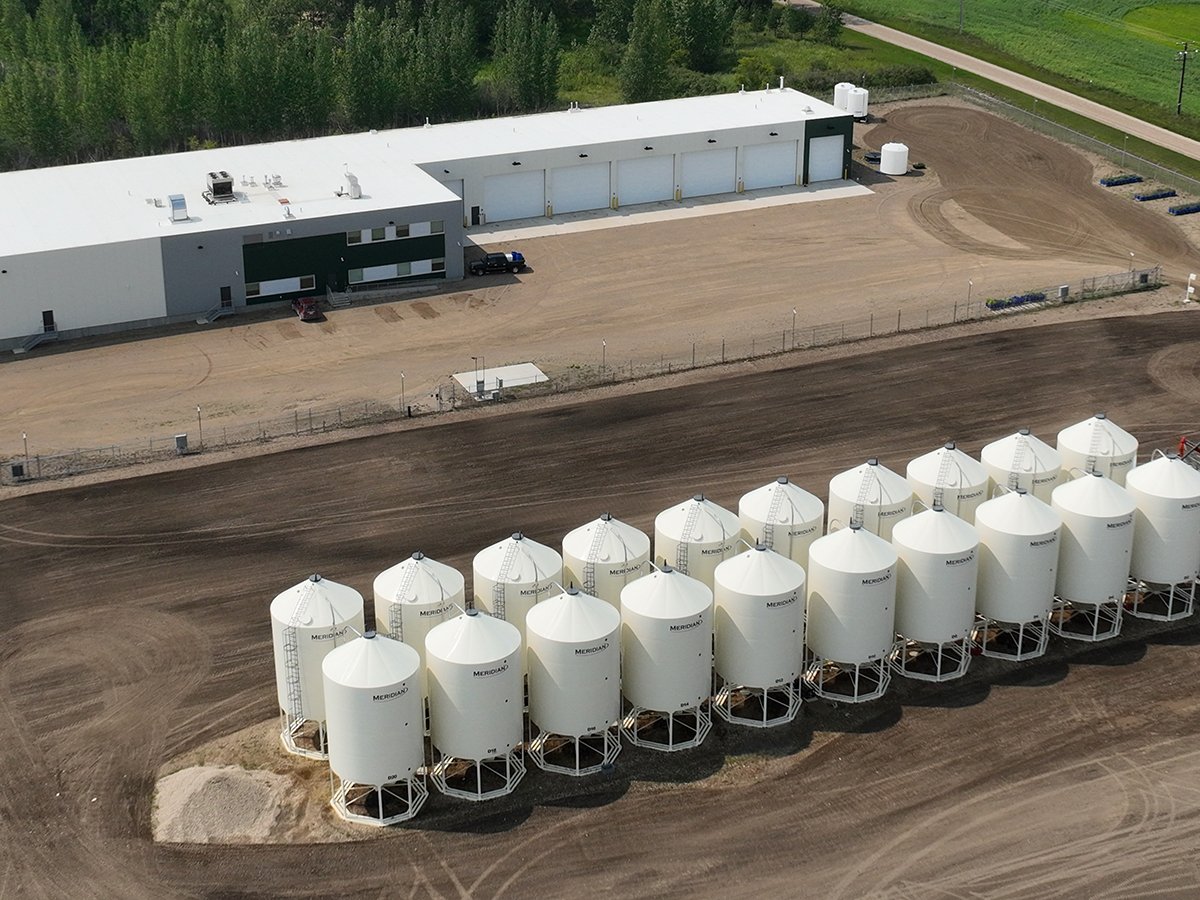Forecasts for a winter with below normal precipitation could be just what farmers in east-central and northeastern Saskatchewan need.
Most of the province is heading into freeze-up with normal moisture conditions, except for the Pipestone, Qu’Appelle, Assin-iboine, Red Deer, Torch and Carrot river basins, said Saskatchewan’s Water Security Agency.
In these areas, moisture is surplus and recent rain and snow are likely to have added to that.
Agency spokesperson Patrick Boyle said fall conditions are one indicator that experts use to forecast spring runoff.
Read Also

Saskatchewan firm aims to fix soil with compost pellets
In his business, Humaterra, Leon Pratchler is helping farmers maximize yields in the weakest areas of their fields through the use of a compost pellet.
“This is the first piece of the puzzle,” he said after the WSA released its fall conditions report Dec. 10.
The other factors are the amount of snowfall and the rate of melt, along with rainfall during the melt.
“Even a normal or average snow pack could impact spring runoff,” he said.
Last spring and early summer were dry throughout most of the grain belt, but the northeastern and east-central areas were wetter then and remain so.
Boyle said some stream flows in the Qu’Appelle, Pipestone and Assiniboine basins were still flowing at above normal levels at the end of October.
Most of the province received near normal precipitation between April 1 and Oct. 31. The region around Prince Albert, Hudson Bay and Melfort received 115 to 150 percent of normal, and so did a narrow band from Gravelbourg to Saskatoon. The only places to see below normal precipitation were the north and a small pocket near Maple Creek.
An area covering Last Mountain Lake and the southeast part of the Quill Lakes basins received more than 200 percent of normal precipitation in the 30 days preceding Nov. 22. Groundwater levels across the province have been increasing since 2010, Boyle added.
The WSA will issue its first spring runoff outlook in February.















